With almost 400,000 species of flowers in the world, it’s almost impossible to confidently recite each name and a basic description of each species. Even the most knowledgeable florists and horticulturists can’t name every single flower, but there is a way to learn about a lot of flowers quickly. One of it is by what flowers that start with letter O.
The key is to learn about flowers in a category. Whether you want to learn about flowers in a particular genus or flowers that share the same colored petals, this is a far easier way to expand your knowledge.
So, if you’re looking to impress friends and family with your newfound flower knowledge, or if you’re simply trying to remember the name of a flower species in your garden, here is our guide to flowers that start with O!
1. Orchid (Orchidaceae)
One of the two largest flowering plant families, orchids offer a variety of choice for gardeners of all skill levels. These include orchids that grow in the soil, in hanging baskets, alongside stones, and more. Along with such variety comes orchids in an array of colors, including white, pink, purple, blue, yellow, and red. Orchids are most commonly grown as an ornamental houseplant.
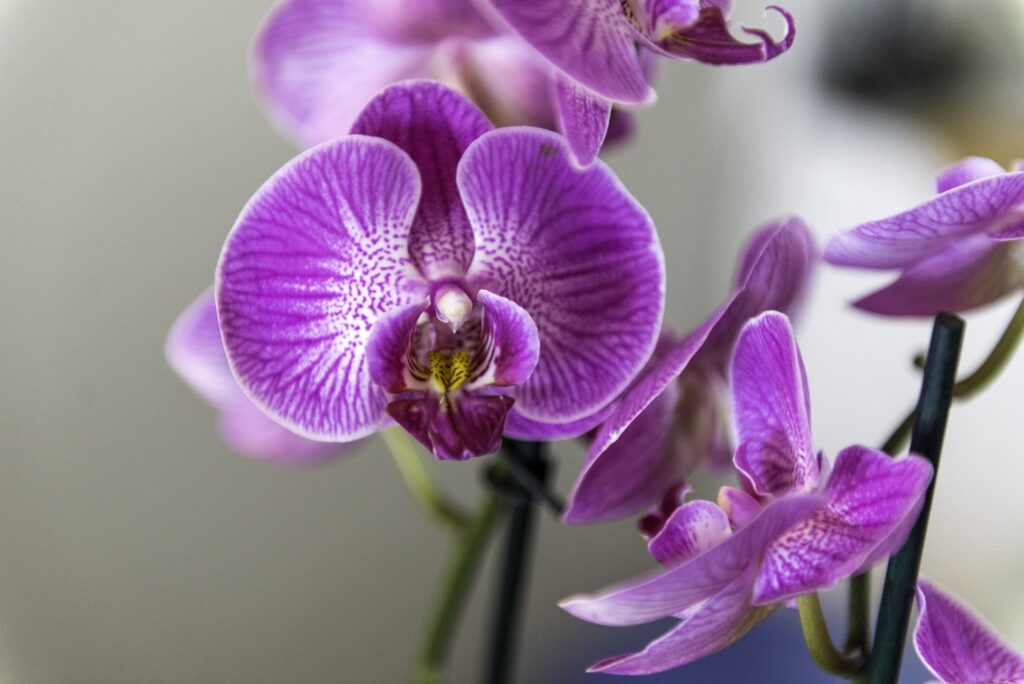
2. Old Lady Cactus (Mammillaria Hahniana)
Native to central Mexico, the Old Lady Cactus is a flowering cactus that produces reddish -pink or purple small flowers in summer, making it look far less threatening than its spiky exterior would have you fooled. When its care requirements are met, the Old Lady Cactus can live up to 200 years old.
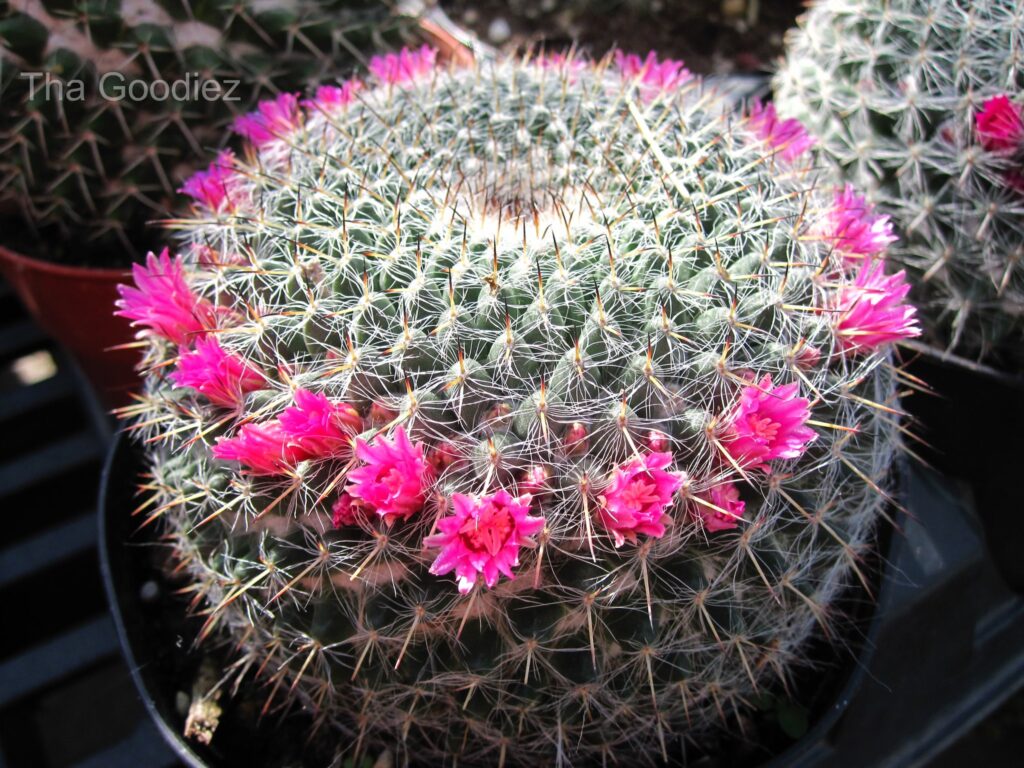
3. Obedient Plant (Physostegia Virginiana)
Also known as the false dragonhead, the obedient plant is a North American flowering plant that belongs to the mint family. The reason they are called “obedient plants” is because they have the unique ability to maintain whatever shape you push the flowers in, allowing you to bend the flowers into multiple directions. This is what makes them such popular ornamental plants.
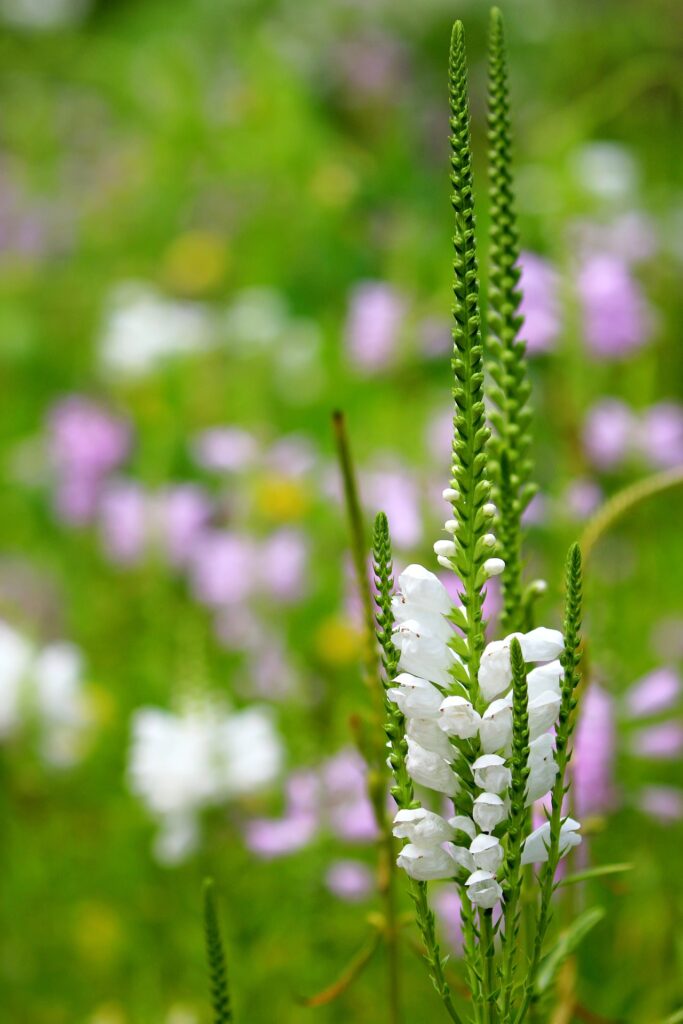
4. Oriental Poppy (Papaver Orientale)
Native across the Caucasus and parts of the Middle East, the oriental poppy is known for its powerful reddish-orange bloom in the middle of summer. They have adapted to such dry and warm climates by essentially dying after the flowering period to preserve their energy, before becoming a mound of leaves the next spring.
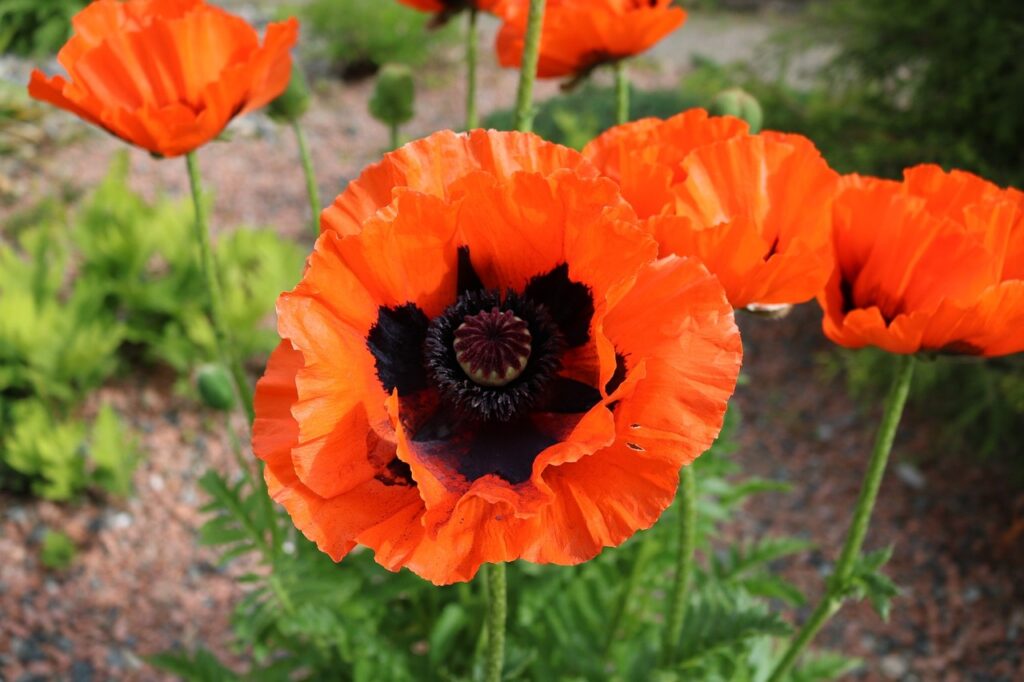
5. Oregon Grape (Mahonia Aquifolium)
Also known as the holly-leaved berberry, the Oregon grape is a flowering evergreen shrub native to California and Oregon. Alongside the two types of leaves on the Oregon grape shrub are clusters of small yellow flowers that work to attract wildlife. Deer, birds, bears, and other small mammals are attracted to the yellow flowers before devouring the plant’s purple-blue berries.
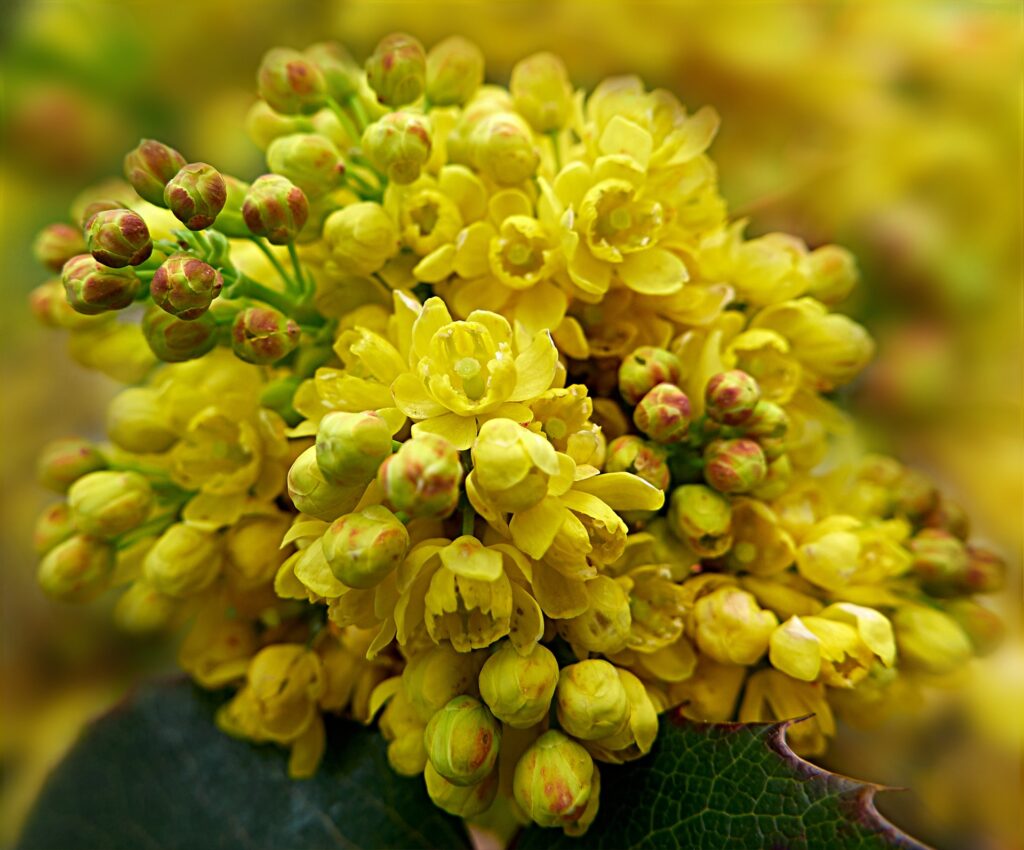
6. Osteospermum
Also known as African daisies or daisybushes, osteospermum is a genus of flowering plants belonging to both the sunflower and daisy family. These flowers are native to parts of Africa and the Arabian Peninsula, and they resemble large daisies in appearance. They come in a variety of colors, including purple, pink, white, blue, yellow, and cream.

7. Ox Eye Daisy (Leucanthemum Vulgare)
Also known as the dog daisy or the common marguerite, the ox eye daisy is a popular flowering plant native across Europe and temperate Asia. As the name suggests, these flowers resemble daisies in their appearance, as each plant will bear three flowers consisting of bright yellow disc florets with surrounding white petals.
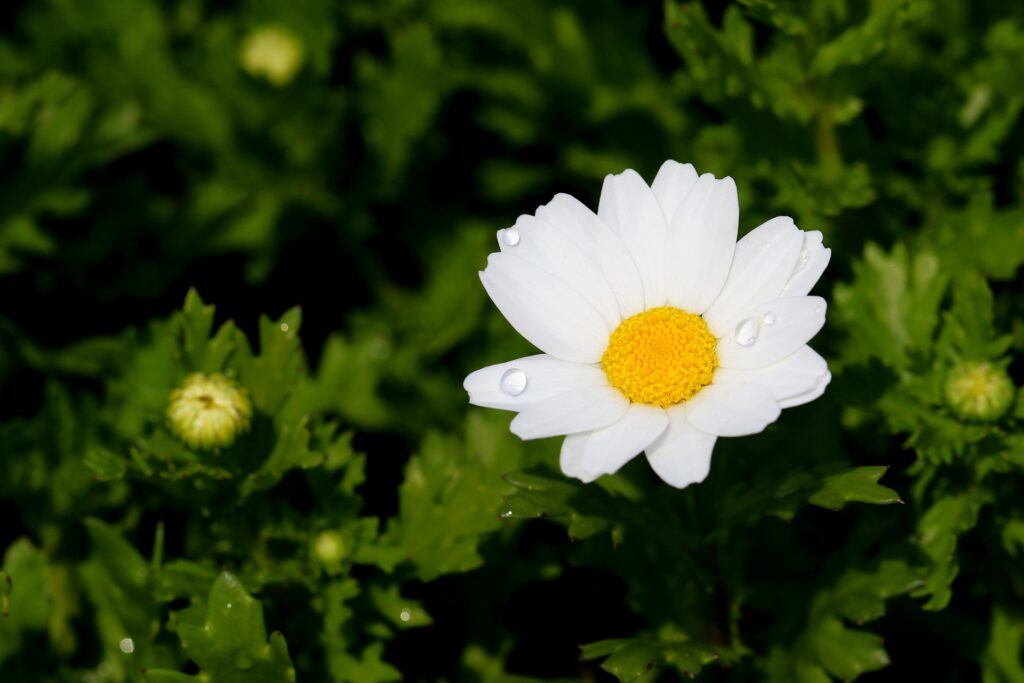
8. Obregonia
Also known as the artichoke cactus, obregonia is a rare rock cactus that consists of a slow-growing solitary stem and rosette-shaped triangular tubercles. They also produce exquisite white or pink flowers with a yellow stamen, making for a fascinating addition to a rock garden.
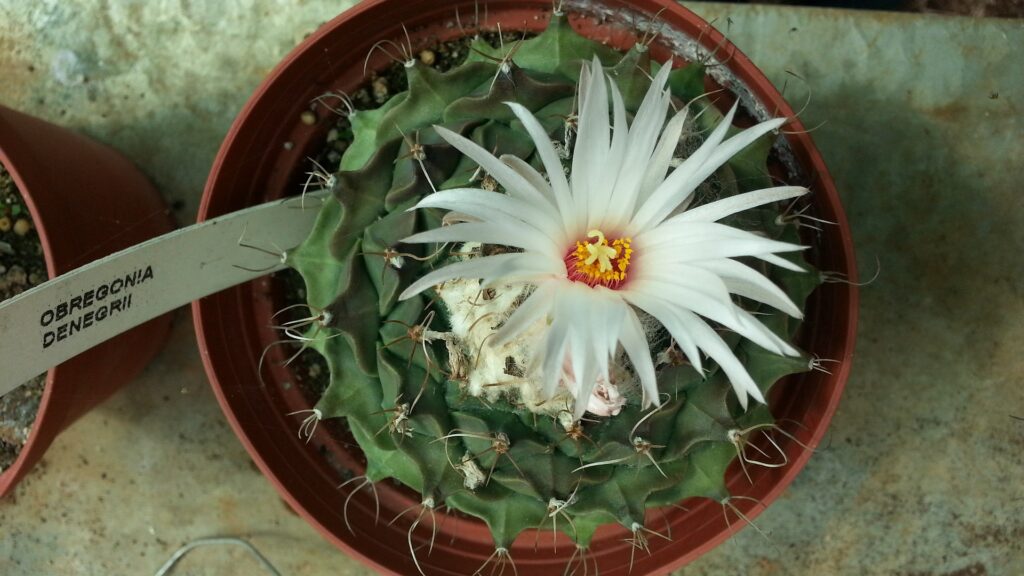
9. Old Man Of The Andes (Oreocereus Trollii)
Another flowering cactus, Old Man of the Andes is certainly one of the more unique cacti on our list. The name was inspired by the long white hairs that cover the cactus, protecting it from scorching heat and frost as it grows in the mountains. These slow-growing cacti will eventually produce red flowers once they are several feet tall.
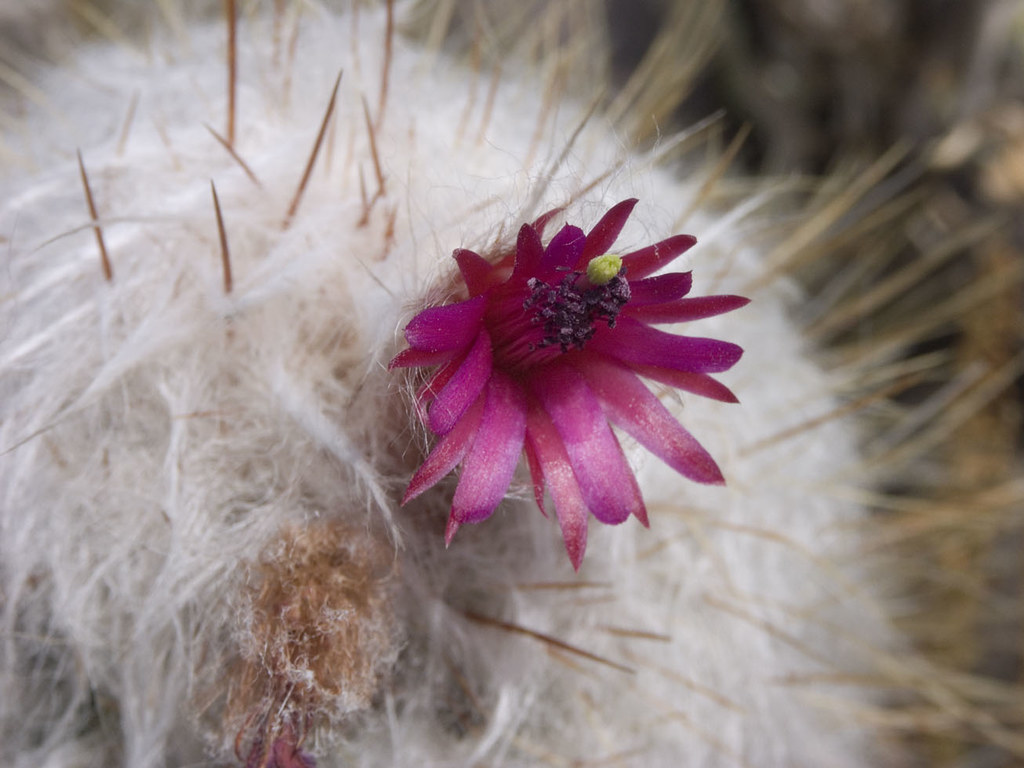
10. Ohio Spiderwort (Tradescantia Ohiensis)
Also known as bluejacket, the Ohio spiderwort is a widely distributed plant native to eastern and central North America. This wildflower blooms between March and May, producing a blue flower consisting of three petals and small yellow stamens. They will most typically grow on roadsides, alongside railroad tracks, and in fields or thickets.
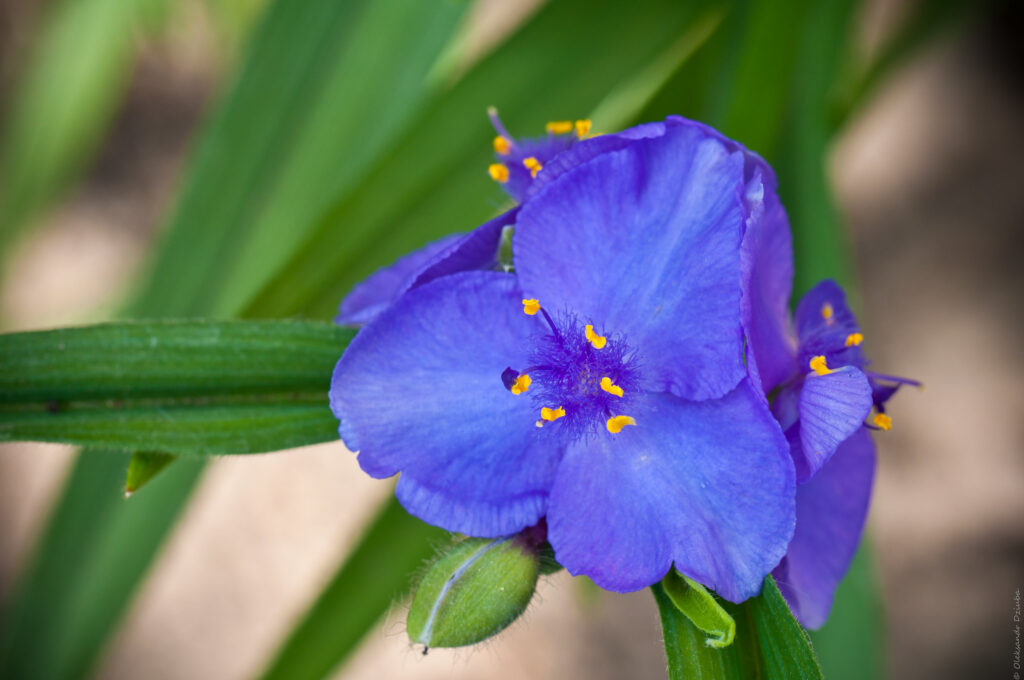
11. Ornamental Onion (Allium Schubertii)
Also known as the flowering onion or tumbleweed onion, the ornamental onion is a flowering species that – you guessed it – belongs to the onion and garlic genus. Ornamental onions produce star-shaped florets that cluster together in a spherical shape that are mostly purple.
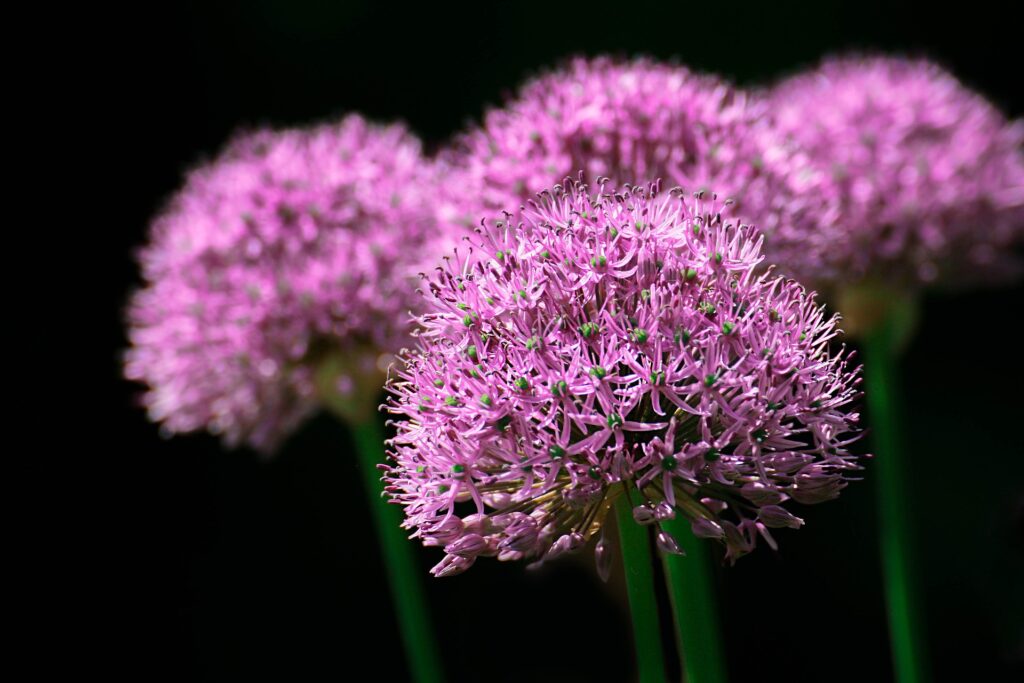
Before it blooms a flower, the ornamental onion produces large, vivid green leaves that disappear after spring.
12. Oyster Plant (Tragopogon Porrifolius)
Also known as Jerusalem star, goatsbeard, or vegetable oyster, the oyster plant is an ornamental flower with an edible root. This biennial wildflower has a thorny appearance thanks to the green spiky bracts that surround the flower, which is typically purple. They will only bloom after surviving their first year.
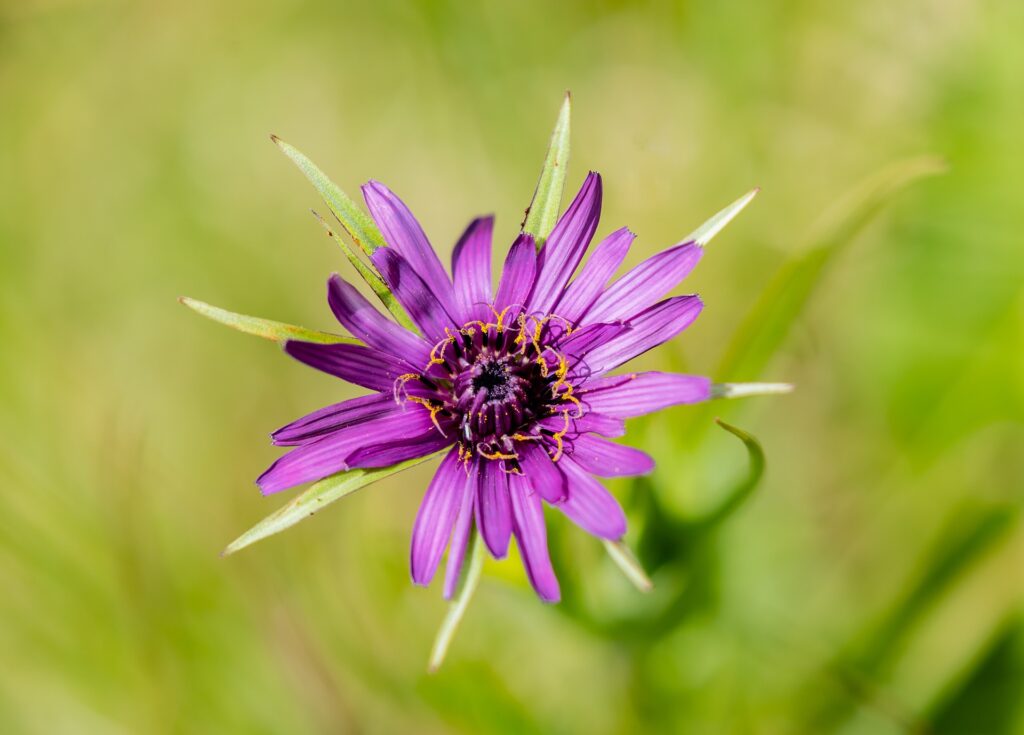
13. Oriental Lily (Lilium)
Oriental lilies are one of the most popular types of flowers in the world. Known for their large bloom, extraordinary appearance, and pleasant aroma, they are commonly used in flower beds or bouquets. These true lilies can come in a variety of colors, including white, pink, orange, yellow, red, and purple.
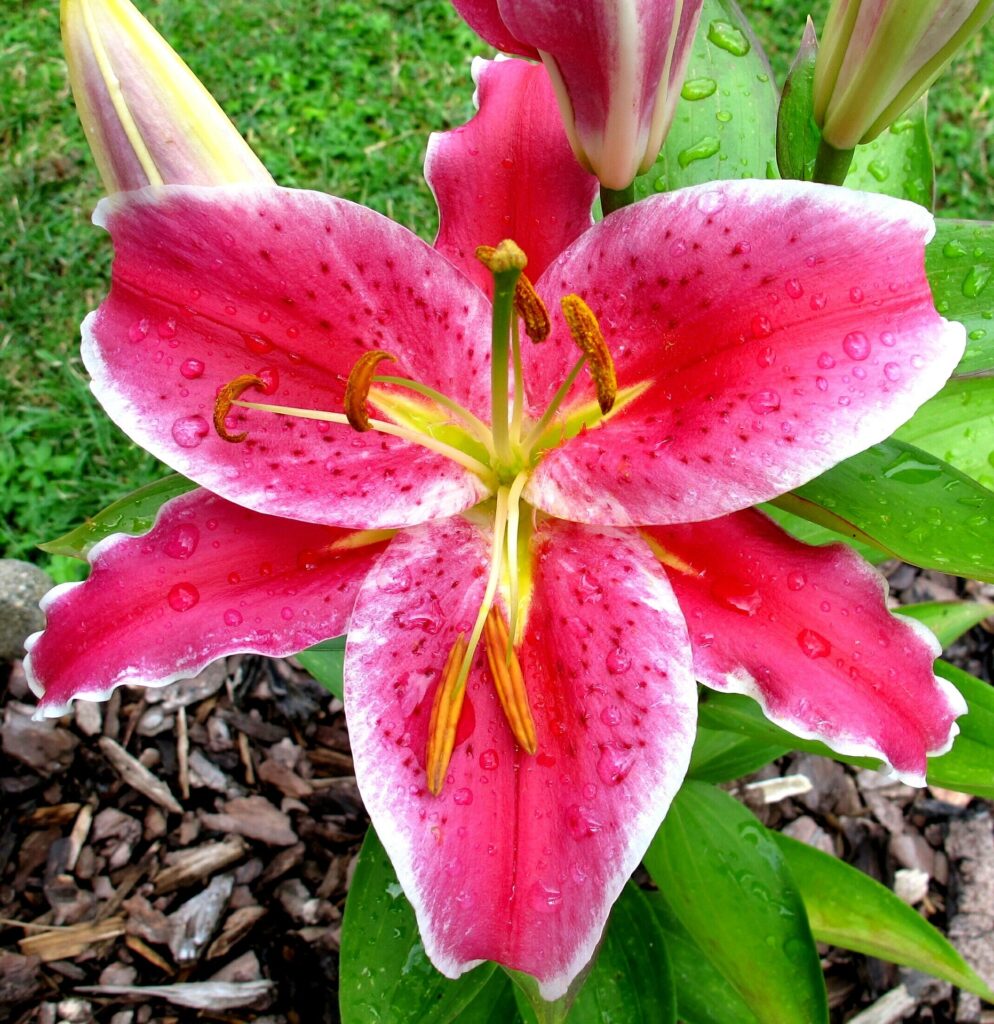
14. Oleander Plant (Nerium Oleander)
A popular ornamental shrub or tree, the oleander plant is most commonly used for landscaping purposes. These plants grow between 2-6 feet tall, producing clusters of fabulous white, pink, or red flowers throughout the year. As these plants are so widely cultivated, the origins and native habitat are unclear.
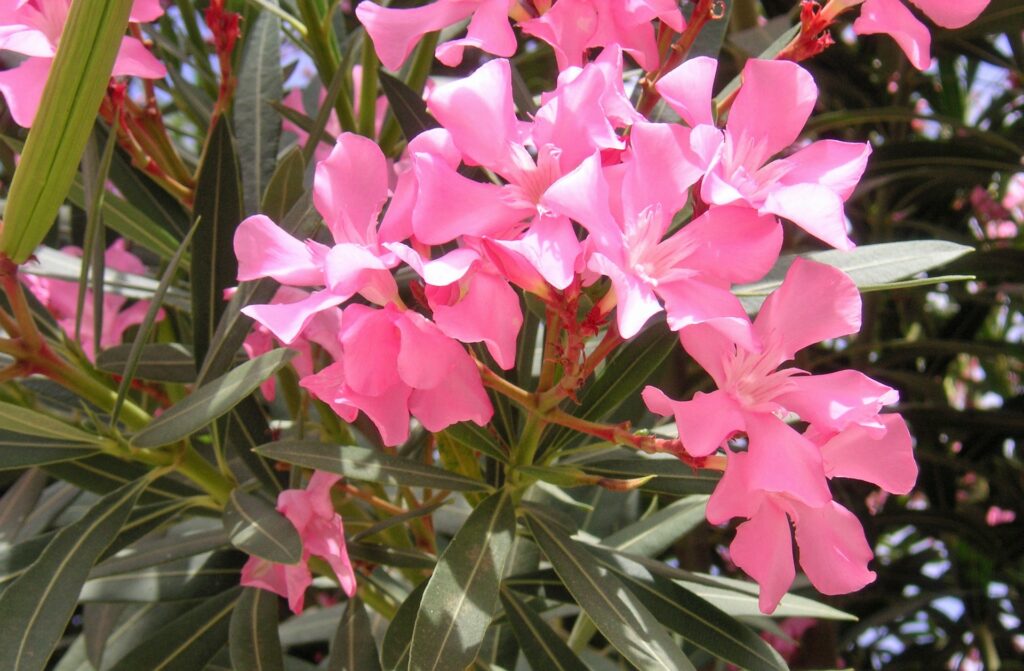
15. Obovate Peony (Paeonia Obovata)
Also known as the round-leaf peony or the woodland peony, the obovate peony is a herbaceous perennial that was originally discovered in the mountains of Japan, but appears across Asia and parts of Russia. These flowers produce single blooms per plant, ranging in colors from white to red to pink, which only typically remain open in late spring.
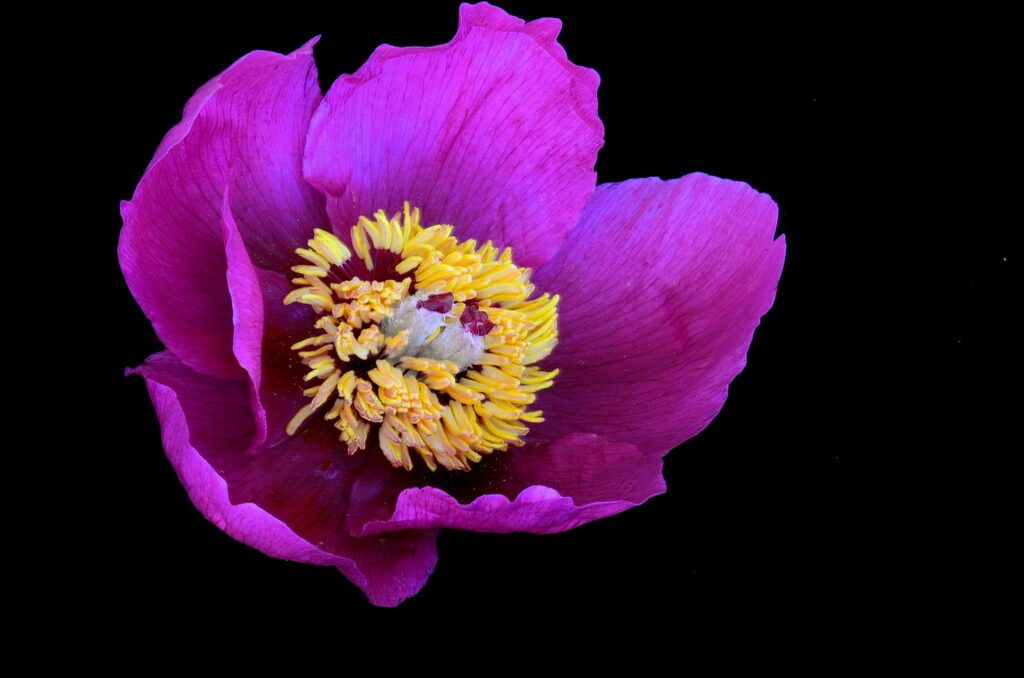
16. Orthrosanthus
Sometimes referred to as morning irises, orthrosanthus is a genus of flowering plants native to Central and South America, Australia, and Mexico. These flowers consist of sword-shaped leaves and small bowl-shaped blue flowers, though one species exhibits white flowers.
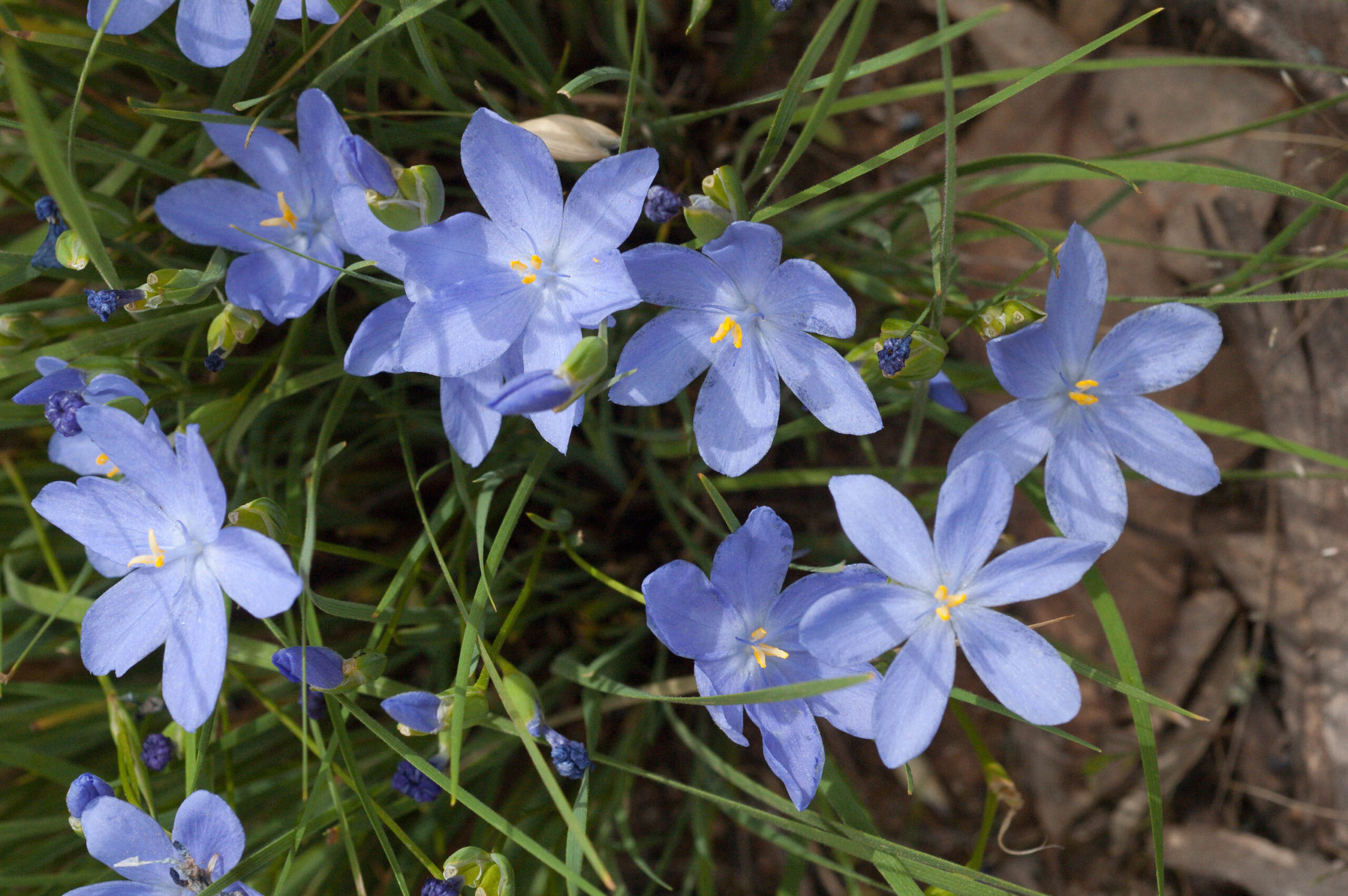
17. Onosma
Native to the Mediterranean and western Asia, onosma is a genus of flowering plants that like to grow in dry and rocky environments – making them ideal rock garden flowers. Most species in the genus feature bell-shaped hanging flowers that are typically white or yellow, though purple varieties occur.
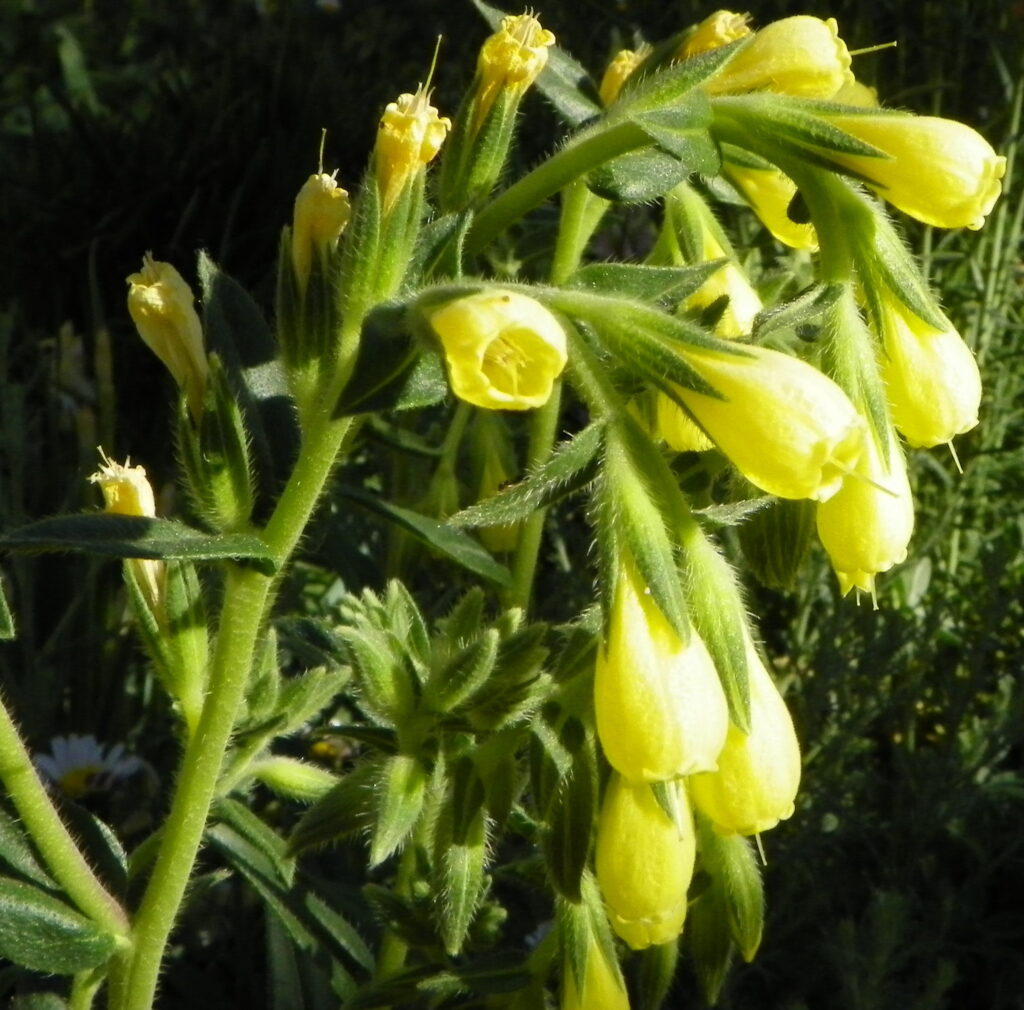
18. Ourisia
Native to western South America and New Zealand, ourisia is a genus of flowering plants that vary in species – some are small creepers while others grow taller and faster. While the main color of ourisia flowers in New Zealand is white, they can also appear in shades of pink or red.
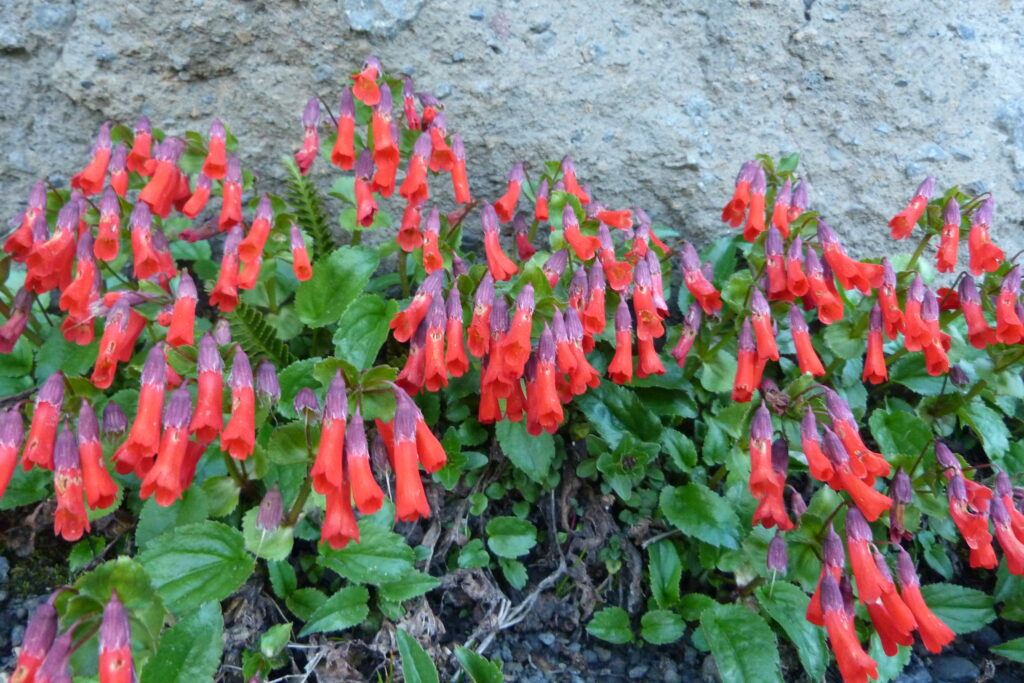
19. Olsynium
Olsynium is a genus of summer-dormant flowering plants that are native to hillsides in South America and western North America. These wildflowers bloom from late winter to spring, which is ideal for providing a bit of color to your garden in winter. They produce bell-shaped flowers that typically come in variations of white, purple, or pink.
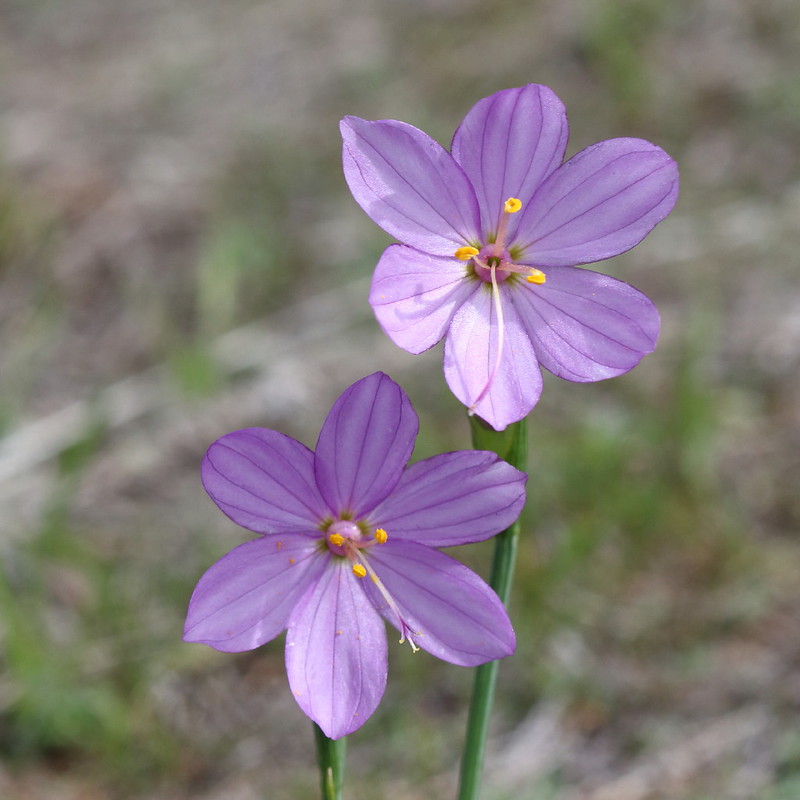
20. Osteomeles
Another genus of flowering plants, osteomeles plants are part of the rose family. These eastern Asian shrubs are known for producing tasty edible fruits, as well as their clusters of small white flowers that bloom in June.
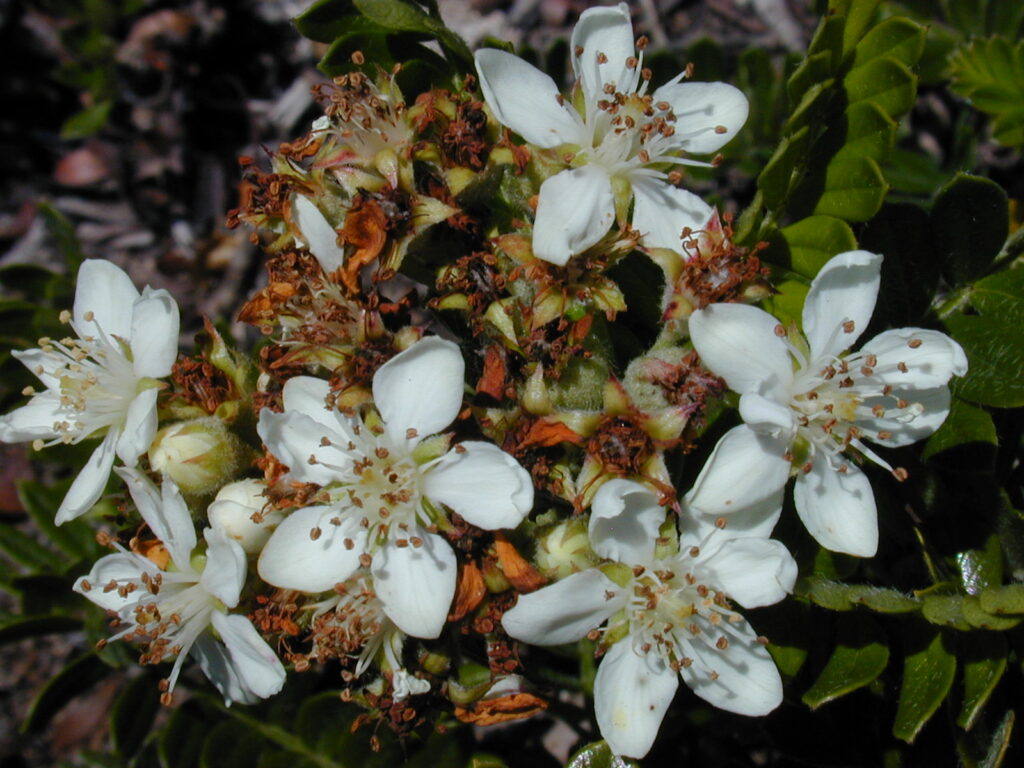
21. Oxalis
Oxalis is a genus of around 550 species of flowering plants that occur virtually everywhere in the world. While each species is different, the genus is typically distinguished by its distinctive heart-shaped leaves. These plants will bloom flowers that range in size, shape, and color. For example, oxalis triangularis – also known as false shamrock – produces purple heart-shaped leaves with small white or pinkish flowers.

22. Othonna
This genus of succulent or sub succulent perennials are found across South Africa and neighboring countries. Othonna has around 90 species in the genus, all of which vary greatly. The most common species is othonna capensis, which produces bright yellow daisy-like flowers.
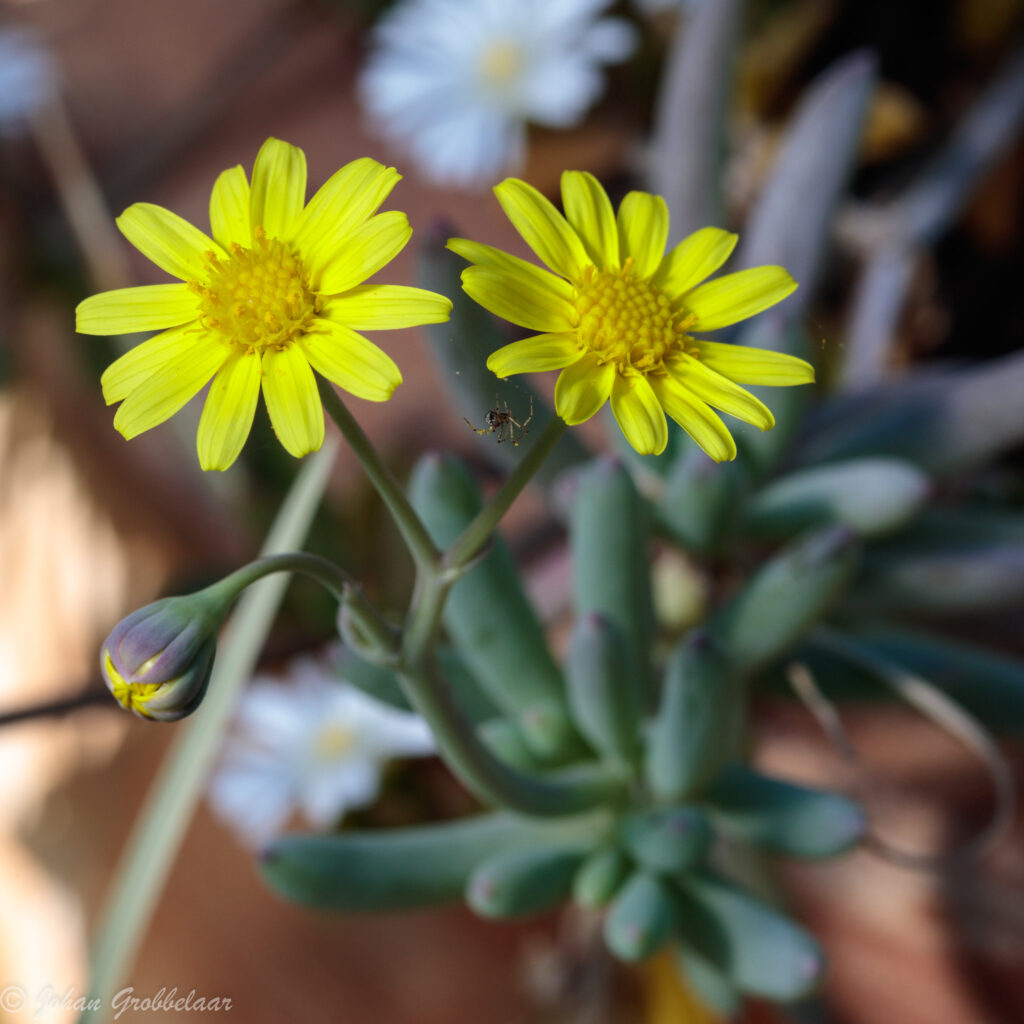
23. Orbea Variegata
Also known as the star flower, orbea variegata is a unique flowering species native to the coast of Western Cape in South Africa. These succulent perennials mostly grow in winter during rainfall, where they produce a star-shaped yellow flower that is speckled with dark red or brown. Interestingly, they are considered an invasive species in southern Australia.
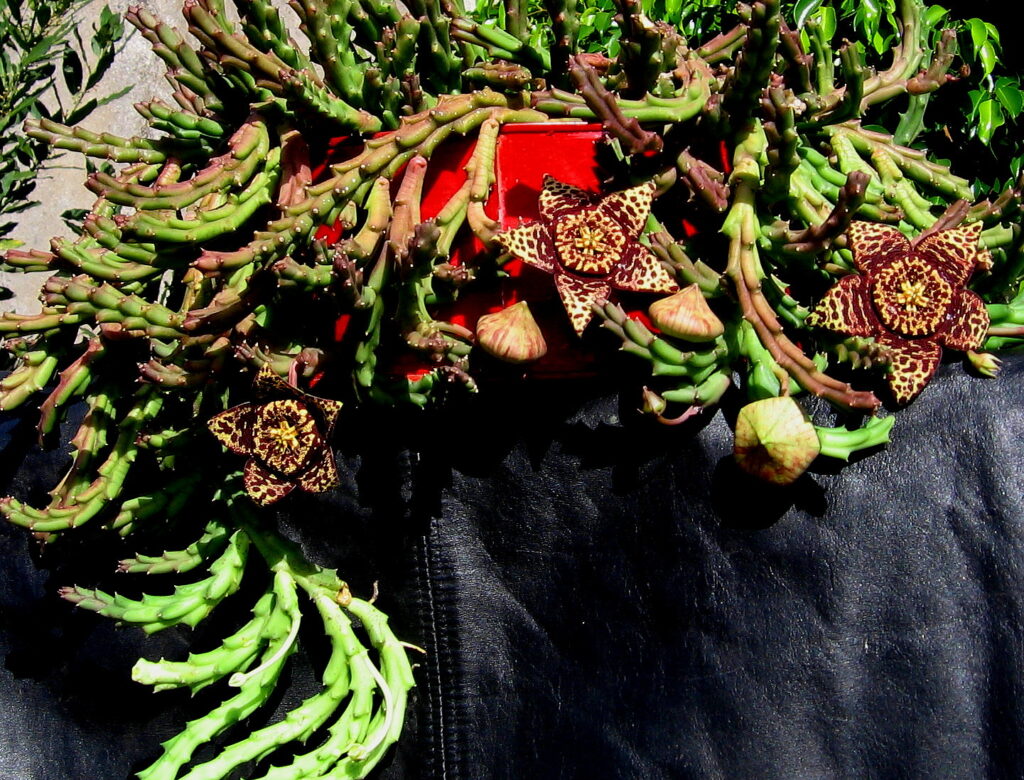
24. Ornithogalum
Also known as the star of Bethlehem, ornithogalum is a genus of around 150 species native to southern Africa, Asia, and Europe. These plants bloom star-shaped flowers in spring or summer that vary in color, though they are typically white or orange. They are hardy flowers that last a long time when cut, making them a stunning feature in a bouquet
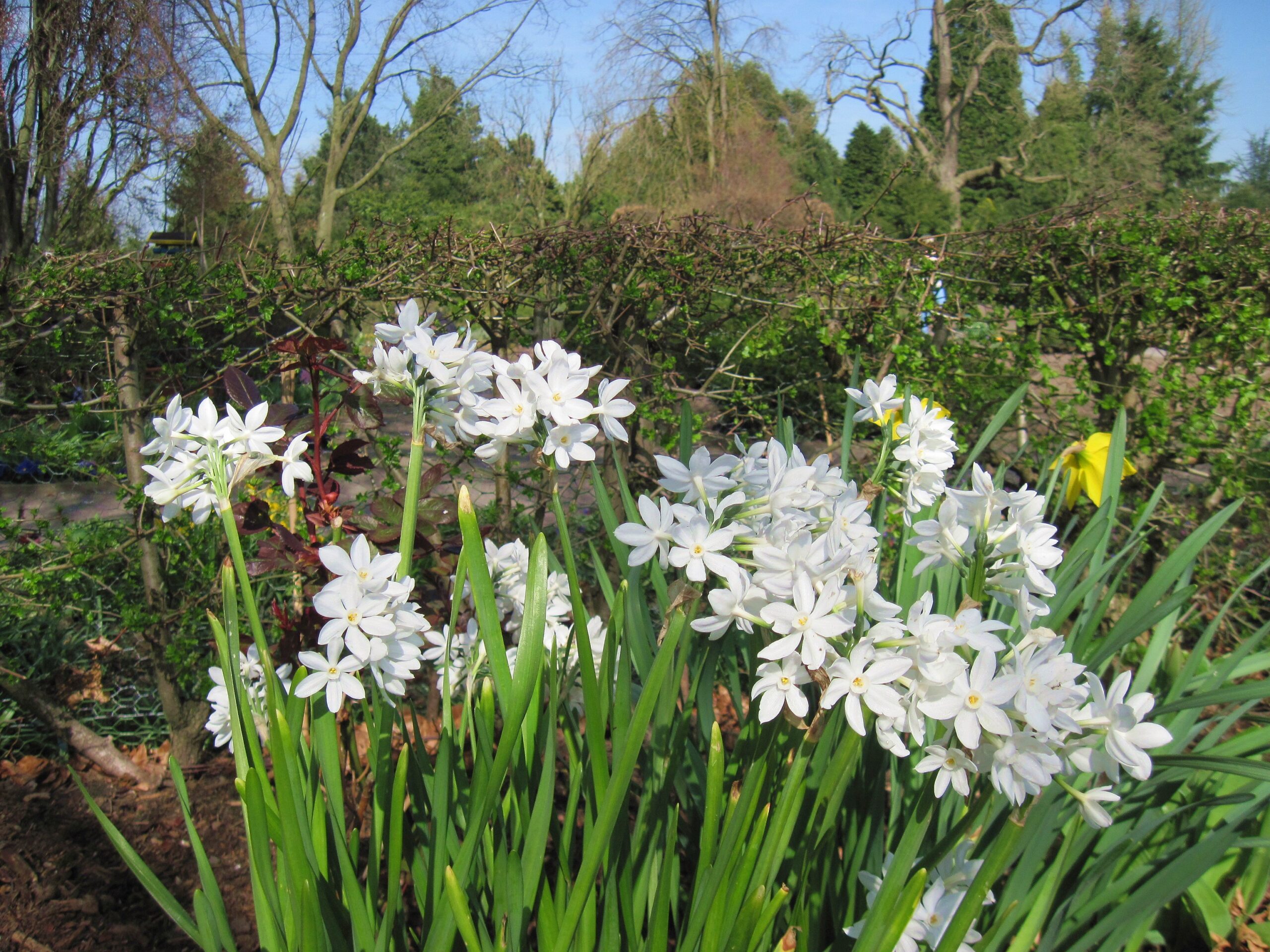
Conclusion
So, there you have it! Hopefully, your newfound knowledge of 24 flowers that start with O will help you to expand your garden with an array of exotic and lesser-known flowers.
We hope you learned something from this article, here are other articles that you can learn from:
9 Unusual Flowers That Start With X (With Pictures)







